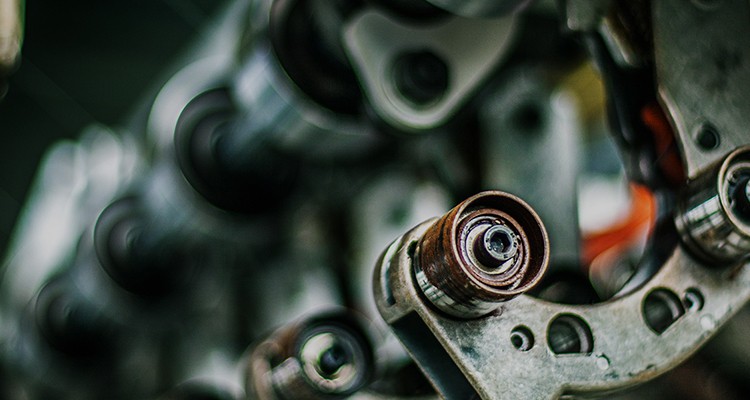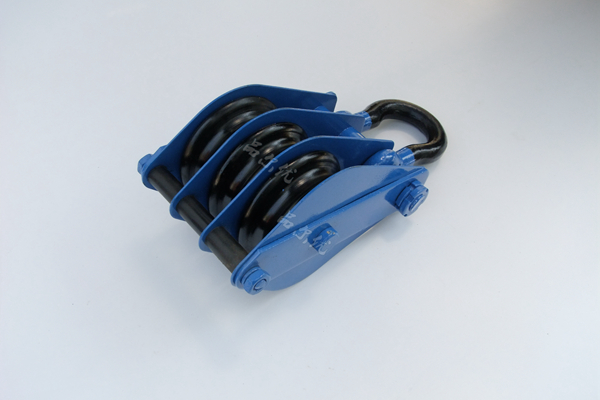




1. Make sure the rated lifting weight of the pulley is clear before use, and it should not be overloaded. If there is no brand name on the pulley, it can be estimated.
2. Before use, check the trough, axle, pulling plate, hook and other parts of the pulley to see whether there are cracks or damages, whether the parts rotate flexibly, whether the screw is loose or not, and unqualified pulleys are not allowed to use. If it is found that the pulley and hook are deformed and cracked or the location of the shaft is not perfect, it can not be used.
3. The wear depth of trough surface of pulley is more than 20% of the diameter of wire rope; the flange is broken; the wear of axle is more than 2% of the diameter of axle; the wear of axle sleeve is more than 10% of the wall thickness; the wear of dangerous cross section of hook or ring which constitutes pulley group is more than 12% of the thickness; the pulley which has the above problems in use is prohibited.
4. The diameter of the wire rope must be matched with the pulley in order to avoid the damage between the wire rope and the pulley.
5. In places where the direction of force varies greatly or in high altitude operations, hook-type pulleys should not be used to prevent decoupling.
6. After the pulley group is wound through, start the winder to tighten the wire rope slowly for trial lifting, and check whether there are any rope jamming, wear and friction between the wire rope and other phenomena. When problems are found, they should be dealt with immediately and not reluctantly.
7. If multi-door pulleys only use a few of them, the lifting weight of pulleys should be reduced in proportion to the number of doors.
8. The pulley group should keep the vertical state as far as possible. The center line of the pulley group should pass through the center of gravity of the weight to keep the weight rising steadily. When pulling a heavy object with a slip rope, the center line of the pulley group is inclined, and the force it bears may be greater than the gravity of the weight. It should be considered when calculating and selecting the pulley.
9. We should carefully check the traction direction of the wire rope and the position of the guide pulley to avoid the wire rope from grooving or jamming.
10. Pulleys should be regularly repaired and cleaned of dust particles. During the use of pulleys, lubricants should be added regularly to the rotating parts, which not only saves labour in working, but also reduces bearing wear and prevents rust.
11. When pulleys are not in use, they should be cleaned, lubricated, placed in a ventilated and dry place, and underlayed with wooden boards.